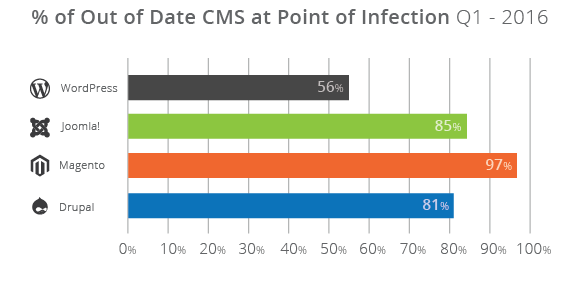Kaspersky Labs compiled a list that included: Platinum, APT16, EvilPost, and SPIVY.
| Code-name | Researcher | Discovery date | Activity area | MS15-099 exploitation | Reference |
| Platinum | Microsoft | August 2015 (zero-day discovery) | India, Malaysia, Indonesia, China | Resume for technical position | PLATINUM: Targeted attacks in South and Southeast Asia, Windows Defender Advanced Threat Hunting Team |
| EvilPost | FireEye / Kaspersky | November 2015 | Japan | Japanese national defense topics | The EPS Awakens, Threat Research Blog |
| APT16 | FireEye | December 2015 | Taiwan, China | Taiwanese opposition party (Democratic Progressive Party) document | The EPS Awakens - Part 2, Threat Research Blog |
| SPIVY | Palo Alto Networks | March 2016 | Hong Kong | Hong Kong pro-democracy documents | New Poison Ivy RAT Variant Targets Hong Kong Pro-Democracy Activists |
| Danti | Kaspersky | March 2016 | India, Kazakhstan, Kyrgyzstan, Uzbekistan, Myanmar, Nepal, and Philippines | forged Indian government communication targeting Indian embassies in Hungary, Denmark, Colombia and Ministry of Foreign Affairs | CVE-2015-2545: overview of current threats, Danti attacks |



